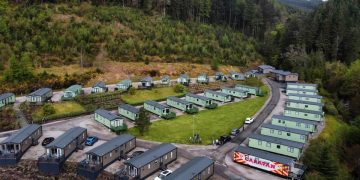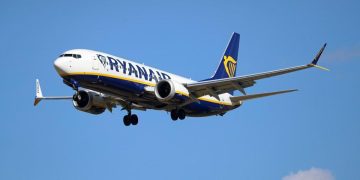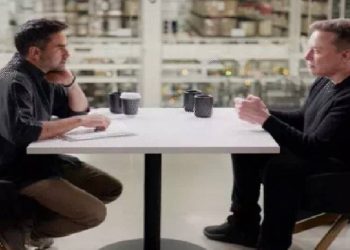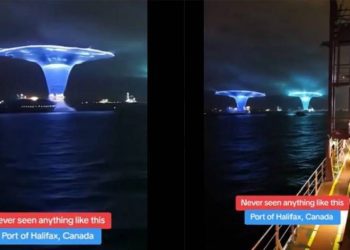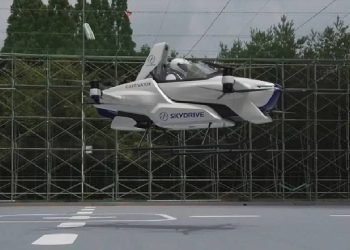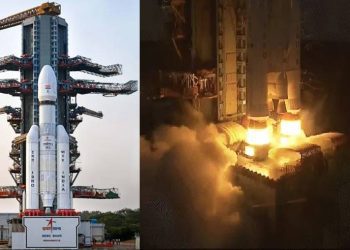ASTRONAUTS are hours away from blasting off on a Boeing rocket after years of delay.
Two Nasa astronauts will take a ride on Starliner towards the International Space Station (ISS).

CST-100 Starliner will finally carry astronauts[/caption]

NASA astronauts Suni Williams and Butch Wilmore will be the first to take a trip[/caption]

The spacecraft has suffered numerous setbacks due to technical issues – a crewed mission was initially slated to take place in 2018.
It's a crucial moment for Boeing to prove that CST-100 Starliner is safe to make routine space trips in hopes of eventually taking people to Mars.
The trip will carry Commander Barry “Butch” Wilmore, 61 and pilot Suni Williams, 58.
Wilmore is a retired Navy captain who clocked some 178 days in space since his first of two space missions in 2009.
And Williams is a former Naval test pilot with experience flying over 30 different aircraft and 322 days under her belt spent in space over two missions since her first flight in 2007.
“I think it's going to be like going back home – both of us have lived there for six months and pretty much know the space station,” Williams said.
Wilmore added: “I don't think either one of us ever dreamed that we'd be associated with the first flight of a brand-new spacecraft.”
They will spend about a week in the ISS.
WHY THIS MISSION IS SO IMPORTANT TO BOEING

Analysis by Jamie Harris, Senior Technology and Science Reporter at The Sun
This moment has been a long time coming for Boeing.
The company attempted to send an uncrewed Starliner to the ISS in 2019 but it failed because of a bunch of issues – not to mention disruption caused by the pandemic – and came back to Earth early.
A second uncrewed test went ahead in 2022 just fine but a year later experts uncovered new problems which held up a launch carrying astronauts.
Of course, safety is first so it's a necessary step.
Experts working on the billion dollar project have attempted to downplay the delay.
“I don't call it frustrating at all,” Boeing's program manager Mark Nappi recently told the press.
“We would like to have been further along at this time. There is no doubt about that. But we're here, and we're prepared, and we're ready to fly.”
Space is also a costly business, so Boeing – and Nasa – need this mission to succeed.
Development woes cost the firm a whooping $1.5billion in charges, as well as roughly $325million for Nasa in boosts to Boeing's $4.2billion fixed-price Starliner contract, according to securities filings and contracting data examined by Reuters.
Nasa also needs this to work if it's to keep up with China which is making huge advances to the Moon and beyond.
The aerospace giant has long been involved in Nasa's human spacecraft program, receiving more than $4billion to develop and fly the Starliner in 2014.
Boeing is competing with the likes of SpaceX to provide gear for future Nasa missions and has spent nearly $600 million fixing engineering setbacks from the past mishaps.
CST-100 Starliner will finally take off from the Cape Canaveral Space Force Station in Florida at 10:34 pm local time tonight – which is the early hours of Tuesday in the UK, at 3:34 am BST.
THE NEW SPACE RACE

When private companies like SpaceX started lowering the cost of entry to orbit, it was like a gun shot for the new age space race.
The US, Russia, China, Japan and India have all stepped up their space exploration plans.
The US officially made its claim on the lunar south pole with the success of its nail-biting Odysseus Moon landing earlier this year.
But China is also moving in, having recently launched Chang'e-6 to the far side in a bid to be the first to bring back rocks from the south pole.
A bold video also sets out China's massive Moon ambitions.
Nasa Administrator Bill Nelson is concerned that China might try to take over the Moon.
Elsewhere, India made history by becoming the first country to land near the southern site.
Russia has made an attempt at a south pole too but it ended in an embarrassing crash.














